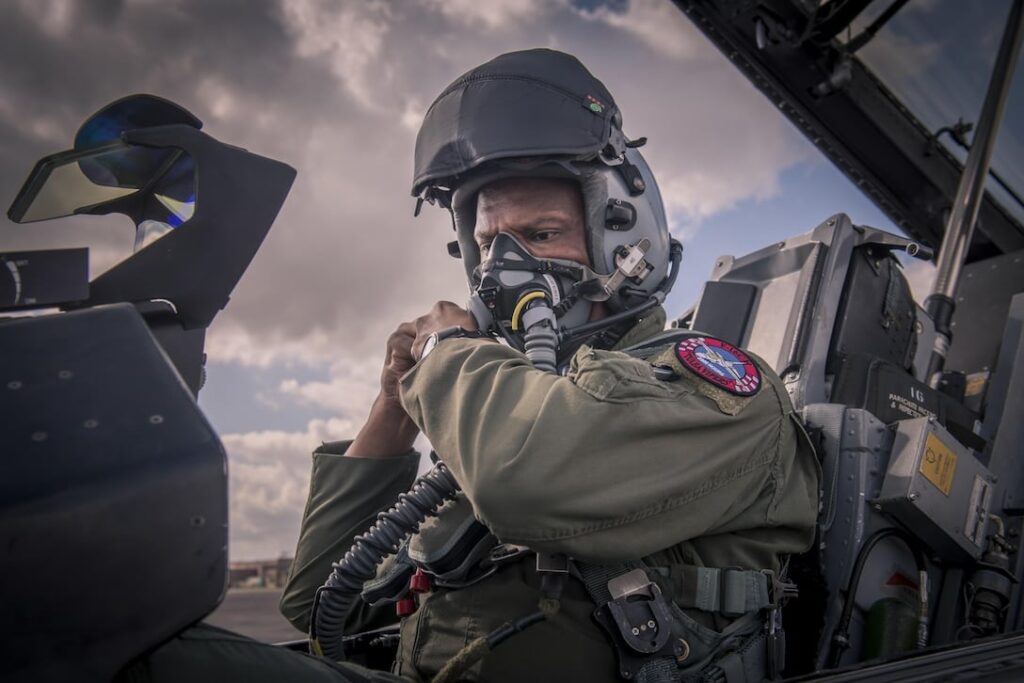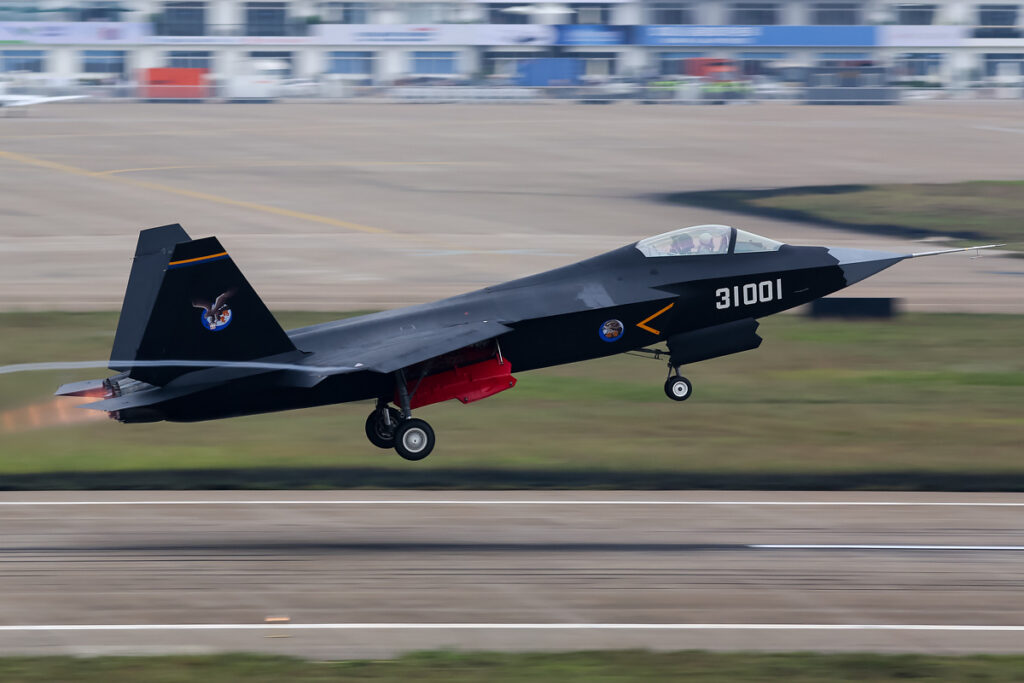What actually happens when fighter pilots take off their masks?
- By Hasard Lee
Share This Article

What happens if a fighter pilot takes off their mask? Movies like Independence Day and Top Gun portray it as a final act of desperation that’s strictly against regulation. But is this true? Before we get to the answer, let’s first look at the purpose of the mask.
A fighter pilot’s mask is primarily used to prevent the pilot from reaching hypoxia, which is the lack of oxygen to the tissues. As part of our training, we’ll go into an altitude chamber where the atmosphere is reduced to one-third of what it is at sea level. The purpose of the training is to recognize hypoxia symptoms so that we can take emergency action should we experience them while flying.
For most people, symptoms start as tingling in their fingers, followed by light-headedness and mild euphoria. Left unchecked, this can quickly lead to confusion and eventually to loss of consciousness, which can be catastrophic in a single-seat aircraft.
Modern masks also have several additional features to aid the pilot.
Nearly all masks have a microphone built into them. By pushing a button, usually on the throttle, the pilot can communicate across one of the several radios onboard the aircraft.
Some also have a light built into them. Typically, at night we’ll fly with the cockpit as dark as possible, however, when reading a map or writing, we’ll push a button inside the mask with our tongue, activating the light for a short amount of time. The most important innovation, though, has been the ability to smartly regulate the pressure inside the mask.
As altitude increases, breathing becomes more difficult because the pressure inside your lungs no longer has a large differential to the air pressure outside your body. By introducing positive pressure and forcing air into the pilot’s lungs, this effect can be countered, reducing fatigue on the pilot. Positive pressure also helps us to counter the G-Force we experience during heavy maneuvering.
Related: China was spotted using mock-ups of American stealth fighters to train its pilots

I weigh 210 pounds – 240 with my gear on. If you’ve ever been on a roller coaster that does a loop and pushes your head down, that’s about 3Gs. In a modern fighter, we’ll pull 9Gs. That’s over 2,000 pounds of force crushing me into my seat. It feels like a car is parked on your chest. This can make it extremely difficult to breathe. By forcing air into the pilot’s lungs, modern masks help us breathe under high Gs for sustained amounts of time.
Now that we’ve gone over what the mask does, let’s talk about the air pressure inside the cockpit. Fighter aircraft are different than civilian airliners: In order to save weight and space, we don’t maintain constant pressure inside the cockpit. From sea-level to 8,000 feet, we don’t pressurize it at all – it’s the same as if a hole was cut in the canopy. From 8,000 feet to around 25,000 feet, we maintain 8,000 feet inside the cockpit – which is the altitude of many ski resorts. Once we climb above 25,000 feet the cockpit altitude slowly rises so that by the time we’re at 50,000 feet, the pressure inside the cockpit is equivalent to about 20,000 feet, or the altitude of some of the tallest mountains in the world (Everest is 29,000).
So, what happens if a pilot takes off their mask? The answer is: It depends. If they are cruising under 25,000 feet, they can fly for a long period of time with their mask down and not feel any effects. We take our mask off even below 25,000 feet though, because a cockpit depressurization could rapidly suck out the air – much faster than in an airliner – due to how small our cockpit is. Additionally, as anyone who’s visited a high city can attest, it’s easier for fatigue to set in if the amount of oxygen is reduced. Above 25,000, though, extended time without a mask will eventually cause hypoxia.
Nevertheless, because dehydration can be equally detrimental for us as hypoxia, most pilots will drop their masks several times throughout a flight to drink water and, for longer missions, to eat. As long as it’s just for a short time, the effects are negligible and actually encouraged by our aerospace physiologists.
Feature Image: Russell Casse in “Independence Day.” (20th Century Fox)
This article was originally published in January 2022. It has been edited for republication. You can listen to Hasard Lee’s podcast here.
Read more from Sandboxx News
Related Posts
Sandboxx News Merch
-

‘AirPower’ Classic Hoodie
$46.00 – $48.00 Select options This product has multiple variants. The options may be chosen on the product page -

‘Sandboxx News’ Trucker Cap
$27.00 Select options This product has multiple variants. The options may be chosen on the product page -

F-35 ‘Lightning’ Framed Poster
$45.00 – $111.00 Select options This product has multiple variants. The options may be chosen on the product page
Hasard Lee
Related to: Gear & Tech

The CIA used miniature models to meticulously plan high-stakes operations

Video: How good is China’s new stealth fighter?

Who dares wins: The importance of defeat in being successful

Marines deploy new system to take out ships in the Pacific
Sandboxx News
-

‘Sandboxx News’ Trucker Cap
$27.00 Select options This product has multiple variants. The options may be chosen on the product page -

‘AirPower’ Classic Hoodie
$46.00 – $48.00 Select options This product has multiple variants. The options may be chosen on the product page -

‘AirPower’ Golf Rope Hat
$31.00 Select options This product has multiple variants. The options may be chosen on the product page -

‘Sandboxx News’ Dad Hat
$27.00 Select options This product has multiple variants. The options may be chosen on the product page
